When working on a roof, you need a platform that works—not one that slows you down. Whether it's a pitched roof, dormer, chimney, or eaves, not every platform is suitable for roof work.
In this guide, you will learn which roofing platform you need and when , what to look for when choosing one – and how to avoid mistakes that cost time and money .
What is a roofing platform – and what makes it special?
- Definition: Not a separate device category, but a requirement
- Focus: Long range, high stability, safe accessibility
- Typical requirements in practice: reach to the gable, load bearing, flexible installation
Which stage fits which roof?
Pitched roof with free access
With traditional pitched roofs, you often have to work directly over the eaves and gutters to the ridge or chimney. A standard scaffold isn't enough here—you need reach, height, and stability.
→ A truck-mounted work platform with a long lateral reach safely takes you over roof overhangs and eliminates the need for constant repositioning. Important: Only suitable if there is sufficient space for setup – at least a 3.5 t chassis class.
Courtyard, narrow driveway or confined space
Many roofs aren't directly accessible from the street—for example, in backyards, near terraced houses, or in inner buildings. Conventional truck-mounted lifts are often too large or can't even reach them.
→ In such cases, a compact articulated boom lift is the best solution. It fits through narrow driveways, reaches into confined interior spaces, and can be controlled with millimeter precision, even in confined spaces.
Work on dormer windows, eaves or chimneys
For example, when installing dormer panels, cladding chimneys, or installing gutters, you need to access components not only from above , but also from the sides and at an angle. Accessing them vertically alone isn't enough.
→ You need a stage with precise basket rotation and sensitive controls . This is the only way to reach complex roof areas without constant readjustment or dangerous improvisations.
Slope or soft ground?
Roofs on slopes, on lawns, or in garden entrances place special demands on the equipment. A truck-mounted work platform is usually too heavy, sinks, or can't be set up at all – even compact articulated platforms quickly reach their limits.
→ Tip: In such cases, a crawler work platform with a ground-protecting track or a telehandler (e.g., from Merlo or Manitou ) with a pivoting work basket and telescopic boom is a better choice. Both systems distribute the weight evenly, can handle loose or sloping ground, and allow you safe access right up to the edge of the roof, even on difficult terrain. By the way: Our telehandlers for rent reach working heights of up to 39 meters, and you can also rent the appropriate attachments along with the equipment.
These criteria determine the right roofing platform
- Lateral reach : How far do you need to go over roof surfaces or ledges, does the basket need to be able to rotate?
- Working height : Is the height sufficient for the ridge – including working reserve?
- Basket load : tools, materials, people – how much weight do you really need in the basket?
- Access to the building : Pavement, curbs, driveways – how much space do you have for setting up?
- Slope and surface : concrete, gravel, slope – which platform will support you safely?
Common mistakes when choosing a work platform – and how to avoid them
- Stage selected by height instead of reach
- Truck platform ordered, but no access available
- kg load capacity in the basket underestimated – material transport impossible
- No emergency descent planned – no rescue strategy
- Stage set up on sloping terrain without substructure
Safety during use – no compromises on the roof
- PPE is mandatory – even for short assignments
- Do not use a stage without instruction
- Check wind load – roof work ≠ interior work
- Secure the work area – pedestrians, traffic, material
Scaffolding or platform – which is more useful for roofers?
| Application | stage | scaffolding |
|---|---|---|
| Short-term assignments |  |
 |
| Multiple locations |

|

|
| Permanent construction site with fall protection |

|

|
| Detached building with driveway |

|

|
| Tight inner-city location without space |

|

|
How much does a roofing platform cost to rent – and what determines the price?
- Platform type: truck-mounted, articulated telescopic or crawler platform
- Working height and reach
- Rental period: day, week, long term
- Transport costs & instruction
- Optional: Accessories, PPE, additional service
Tip: Get a personalized quote for the rental price of a work platform – don’t just order any platform.
Our conclusion – the right roofing platform saves time, nerves and material
It's not the biggest stage that's the best – it's the one that fits your roof.
Talk to a rental company that knows what's important. At BIBERGER, you'll not only get the right roofing platform , but also advice, transport, and training – nationwide and at short notice.


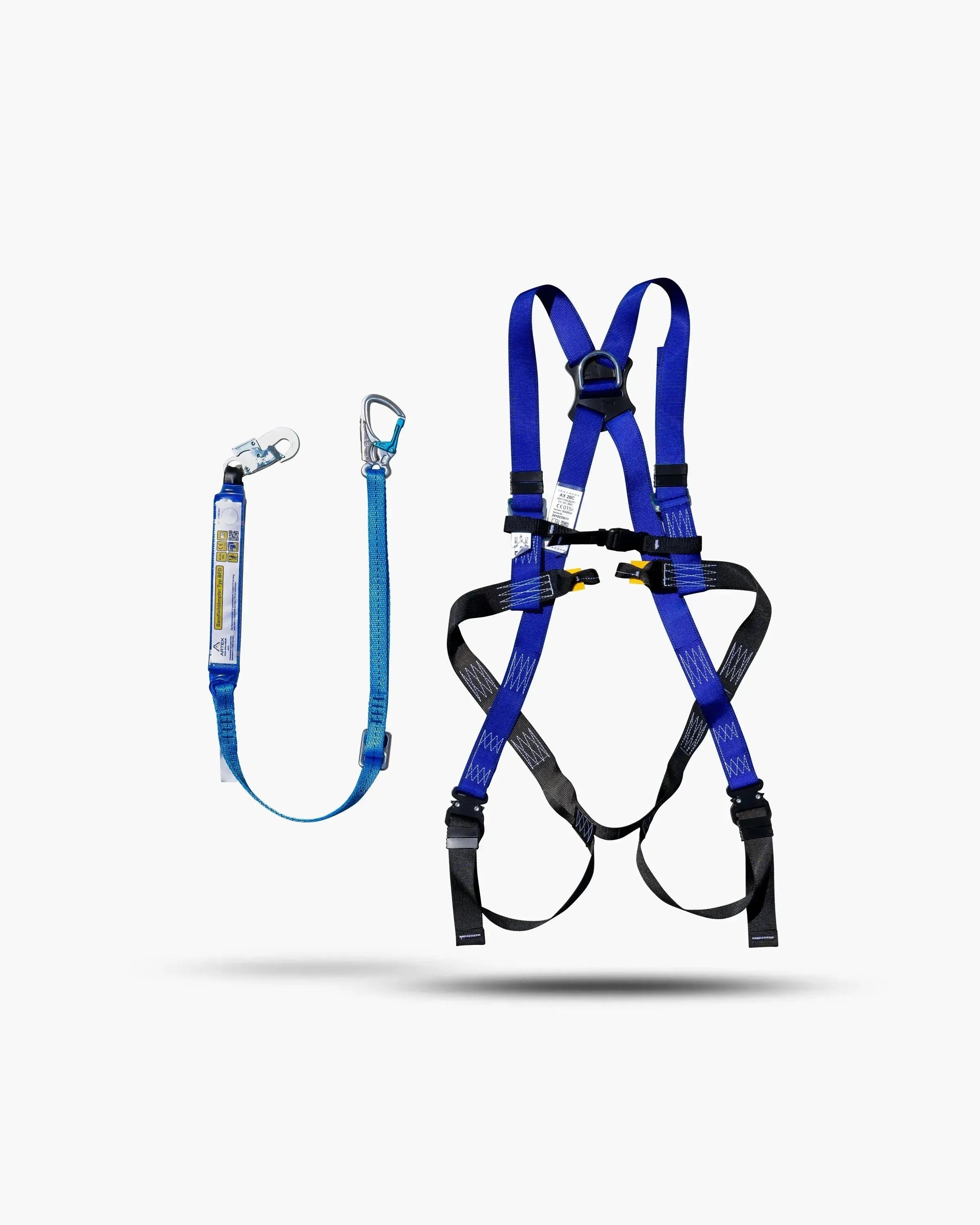


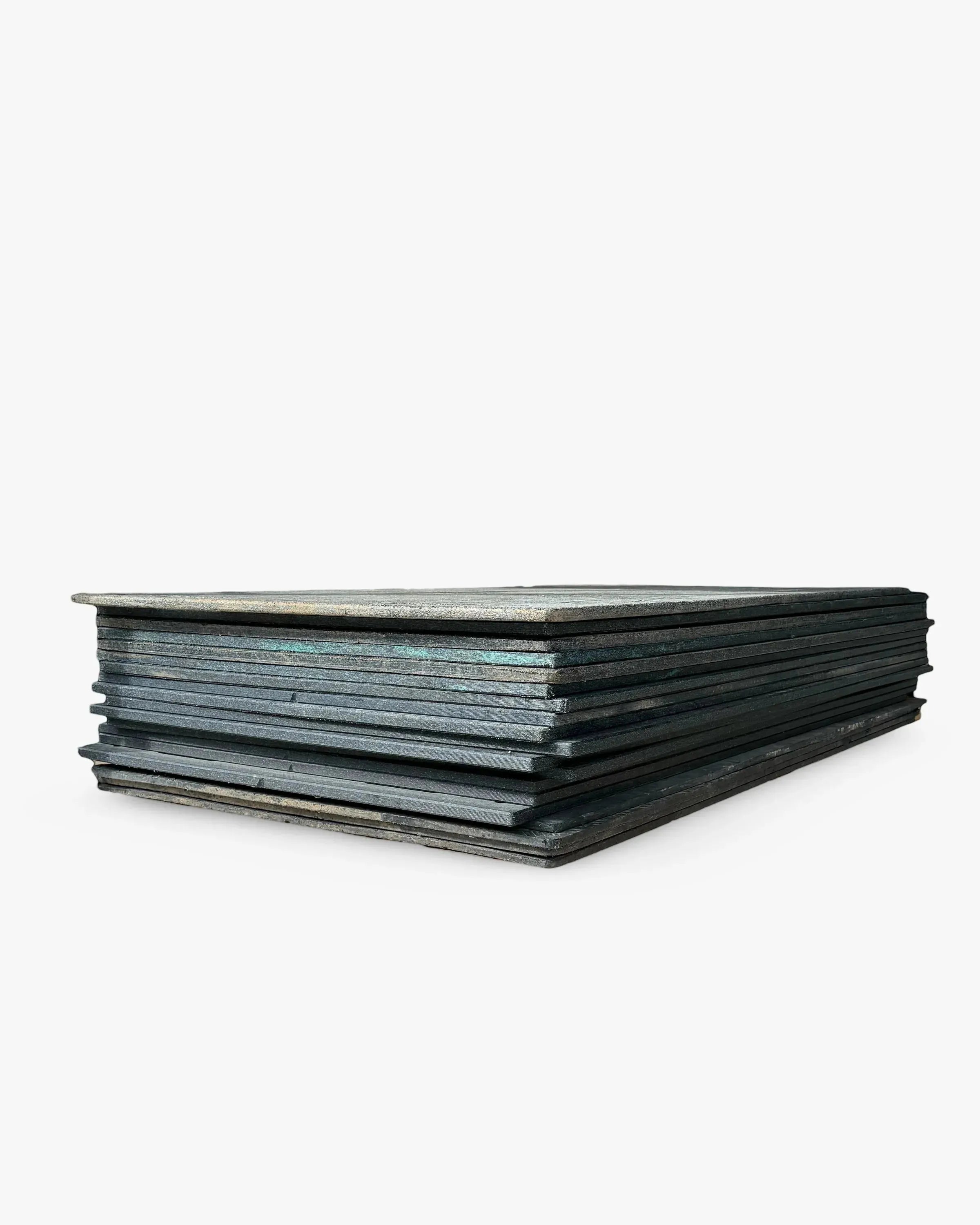

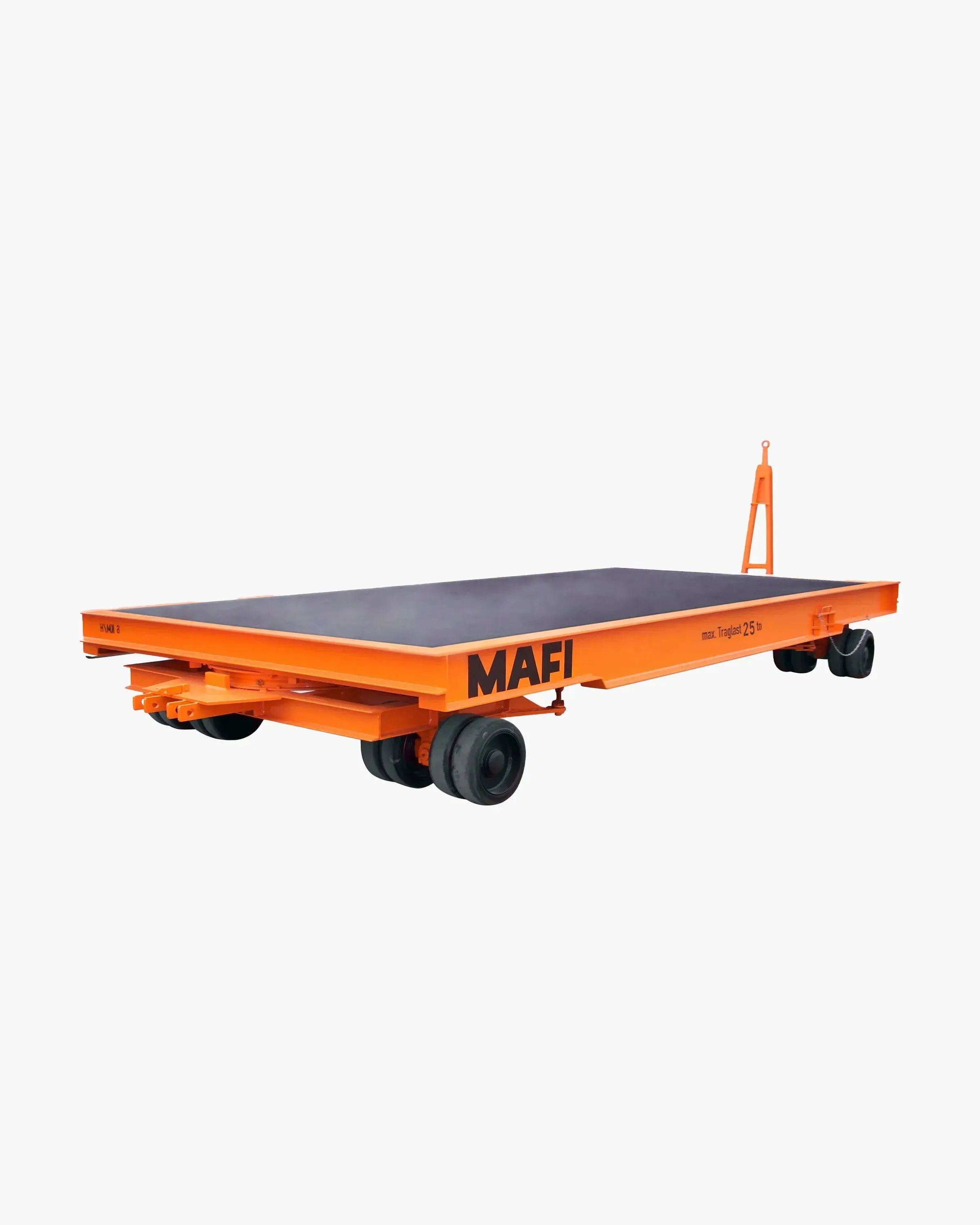
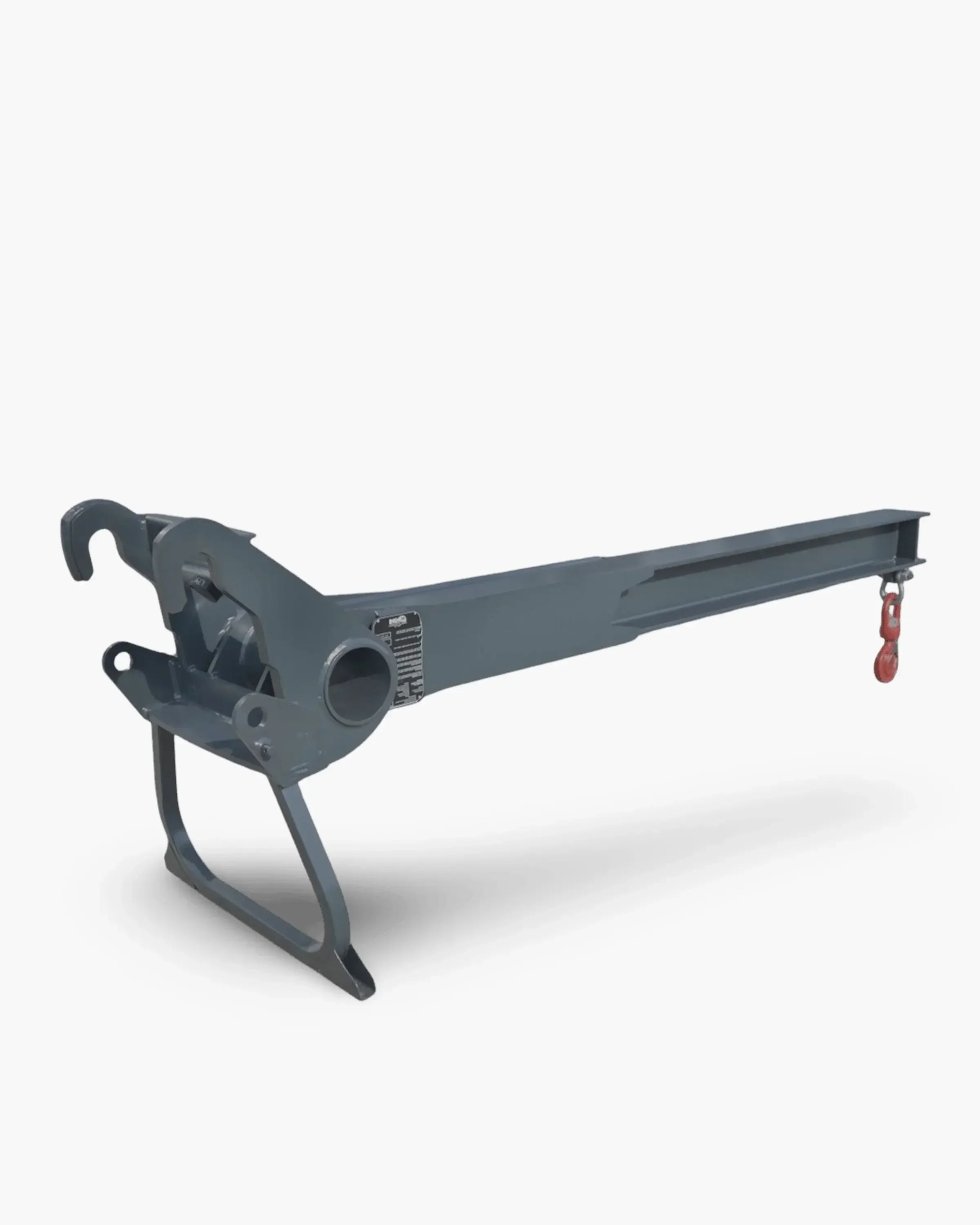
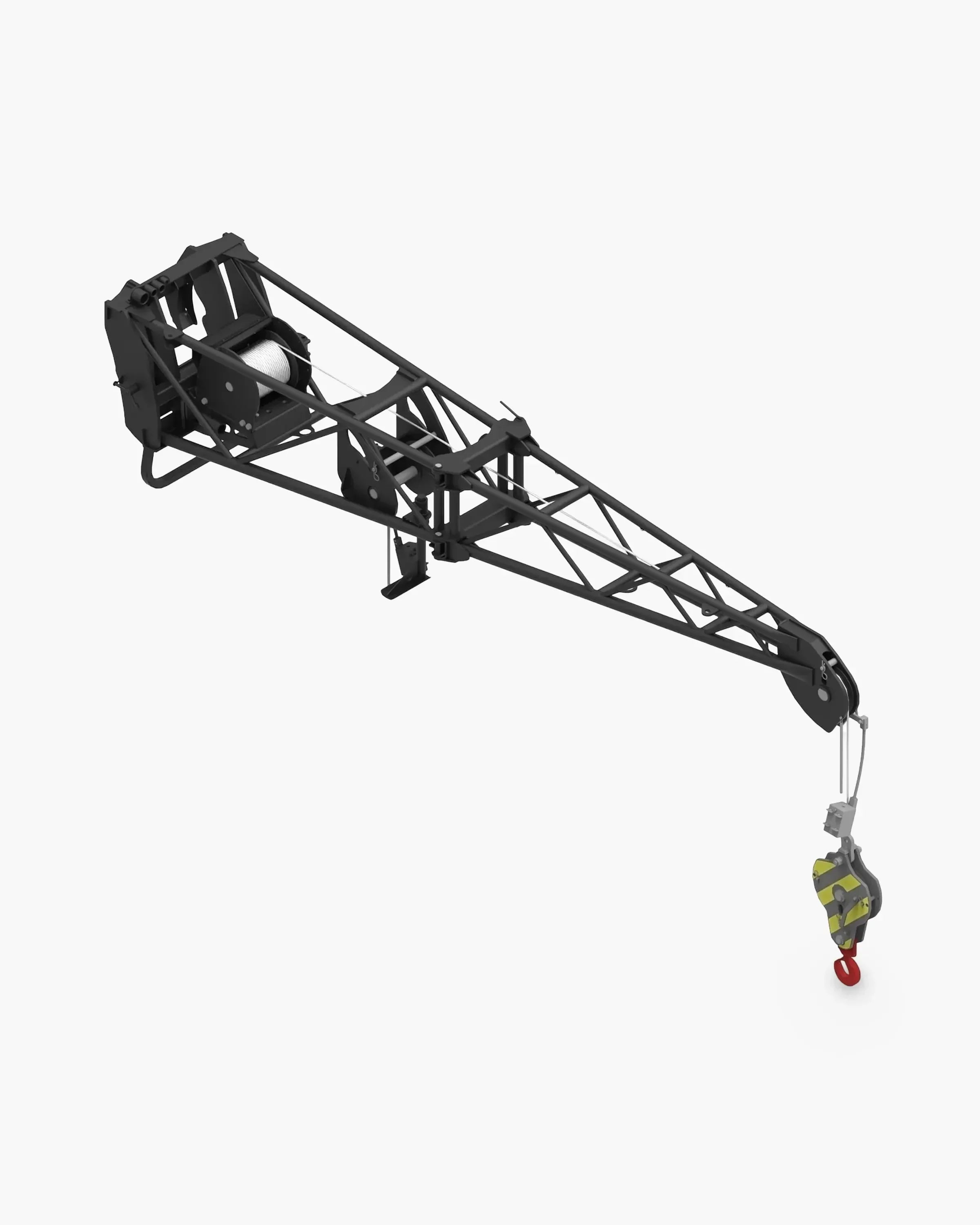
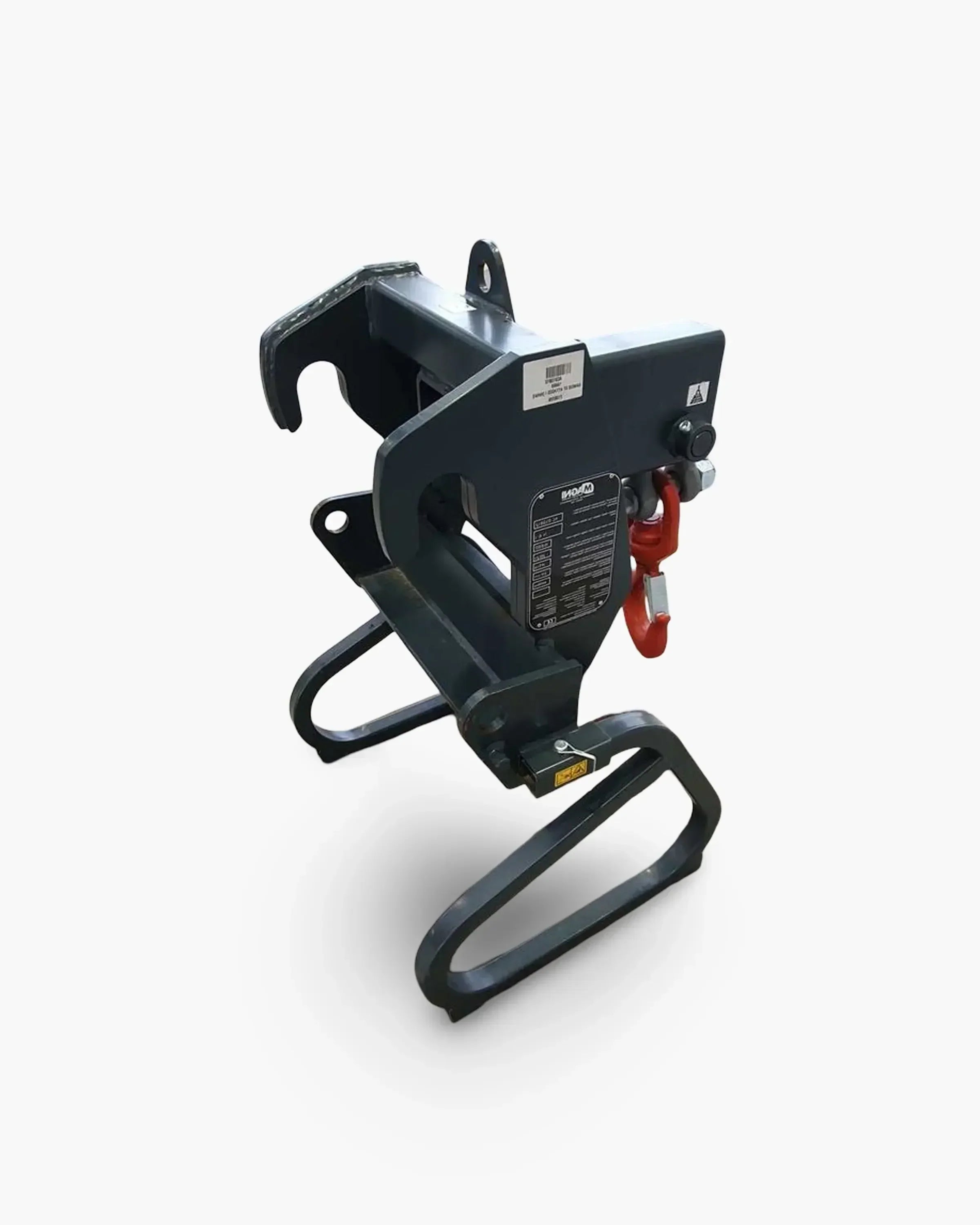

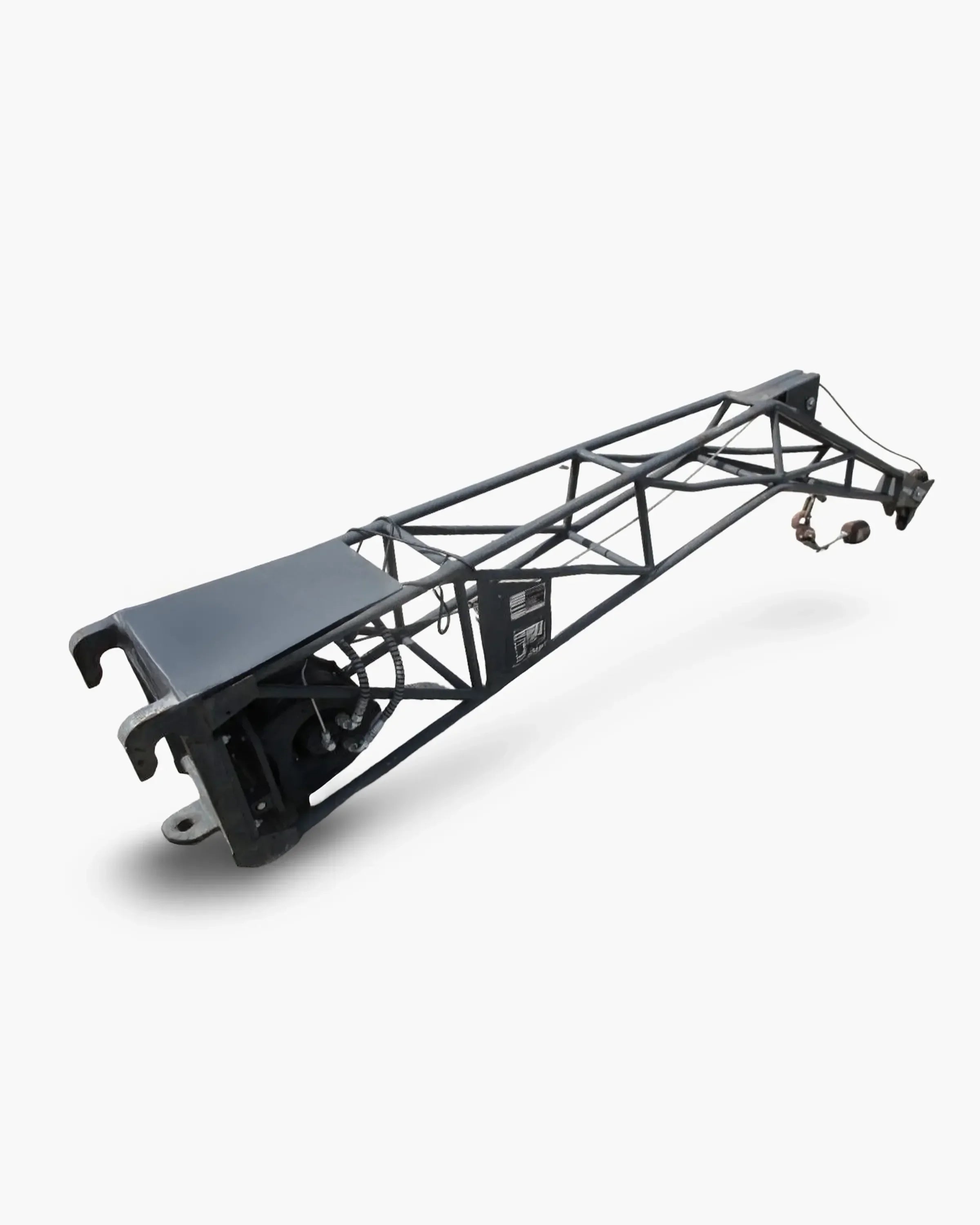
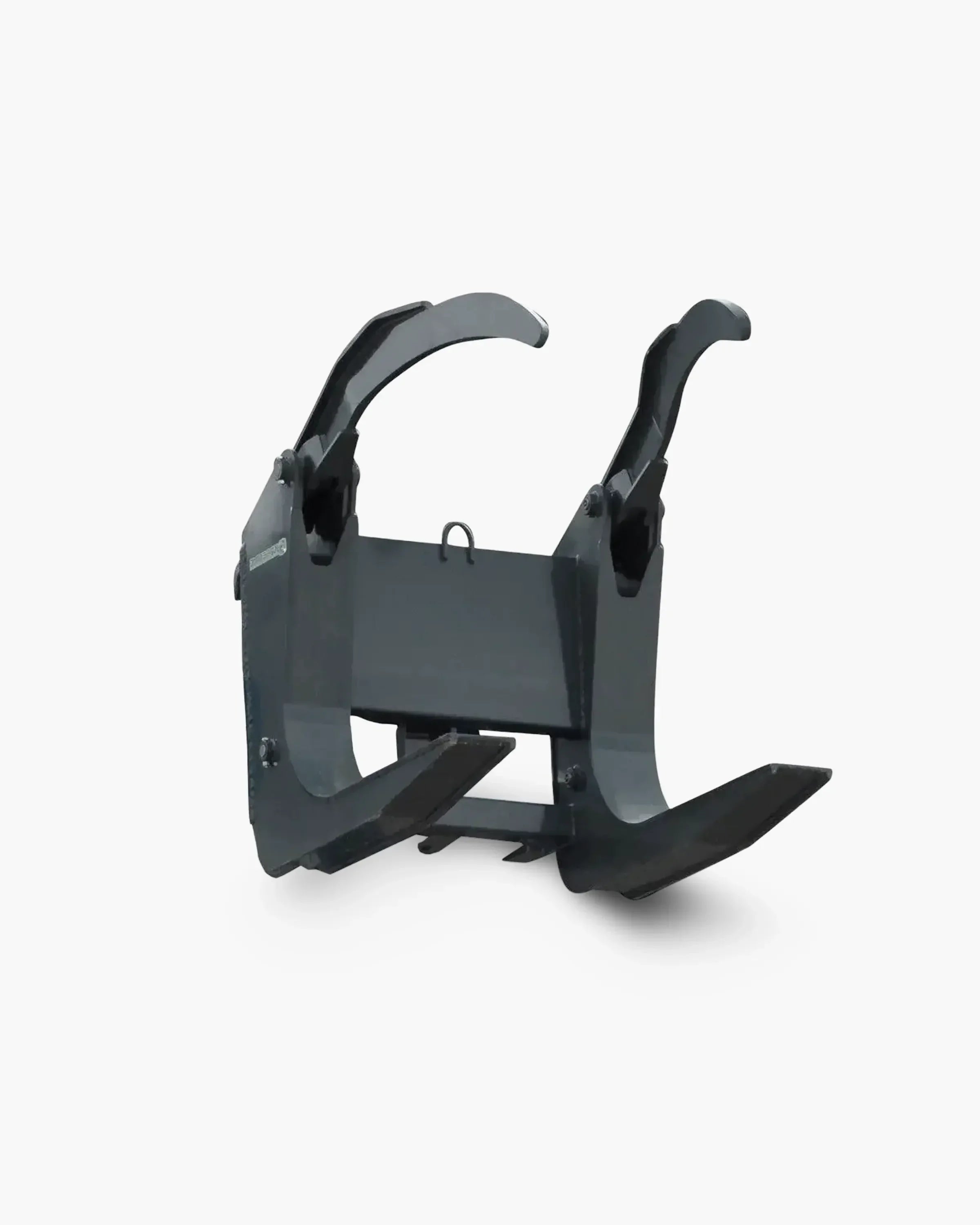
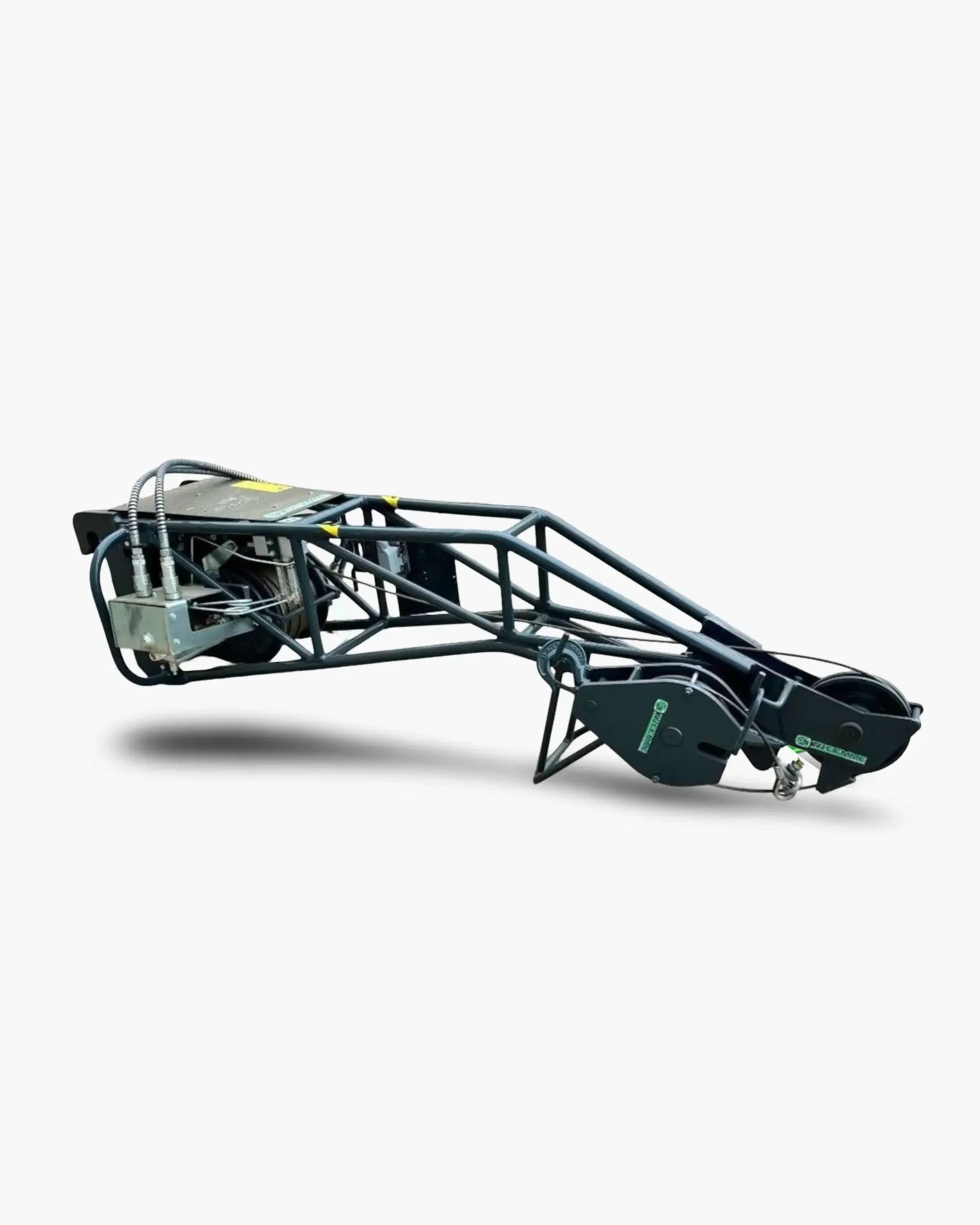

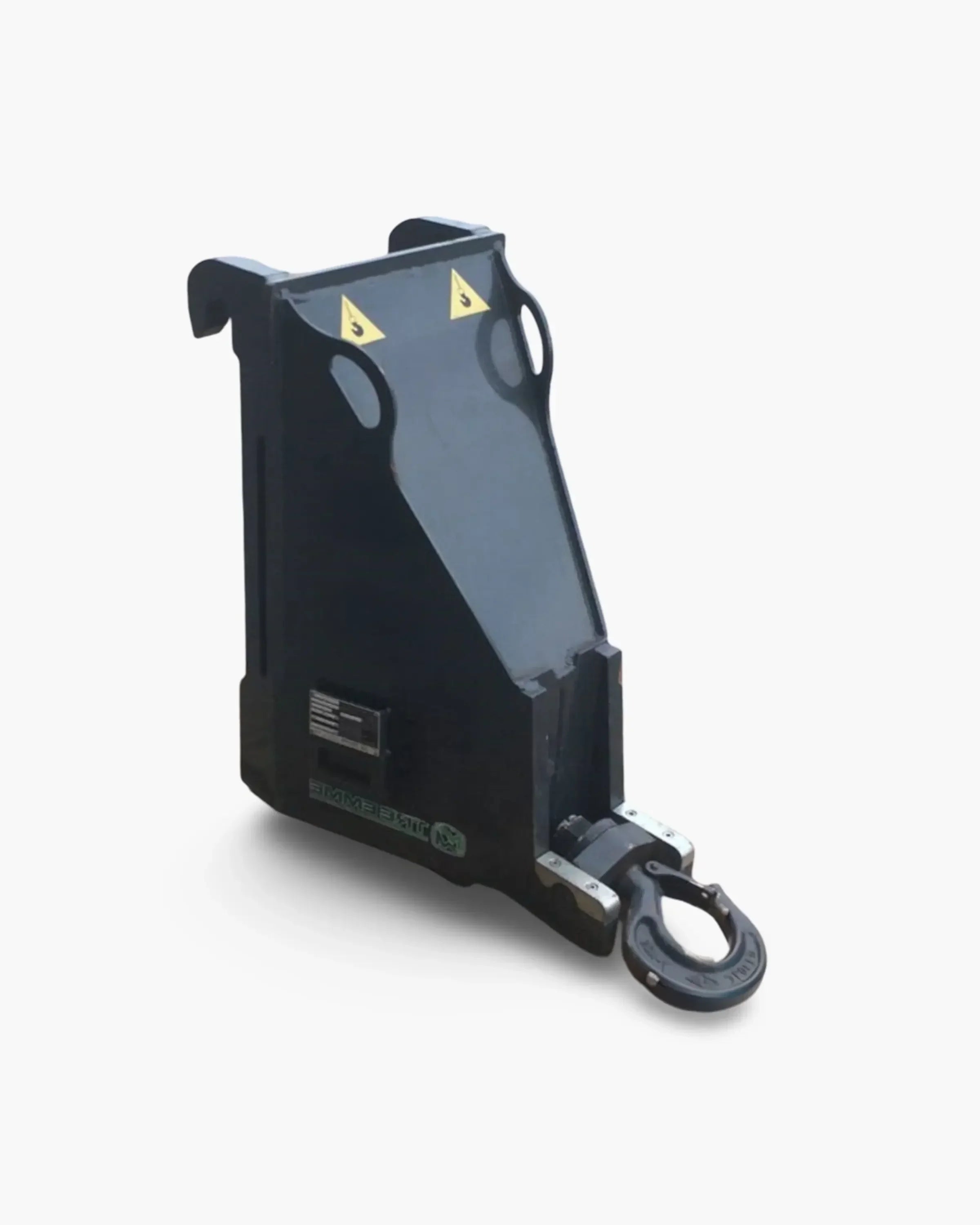
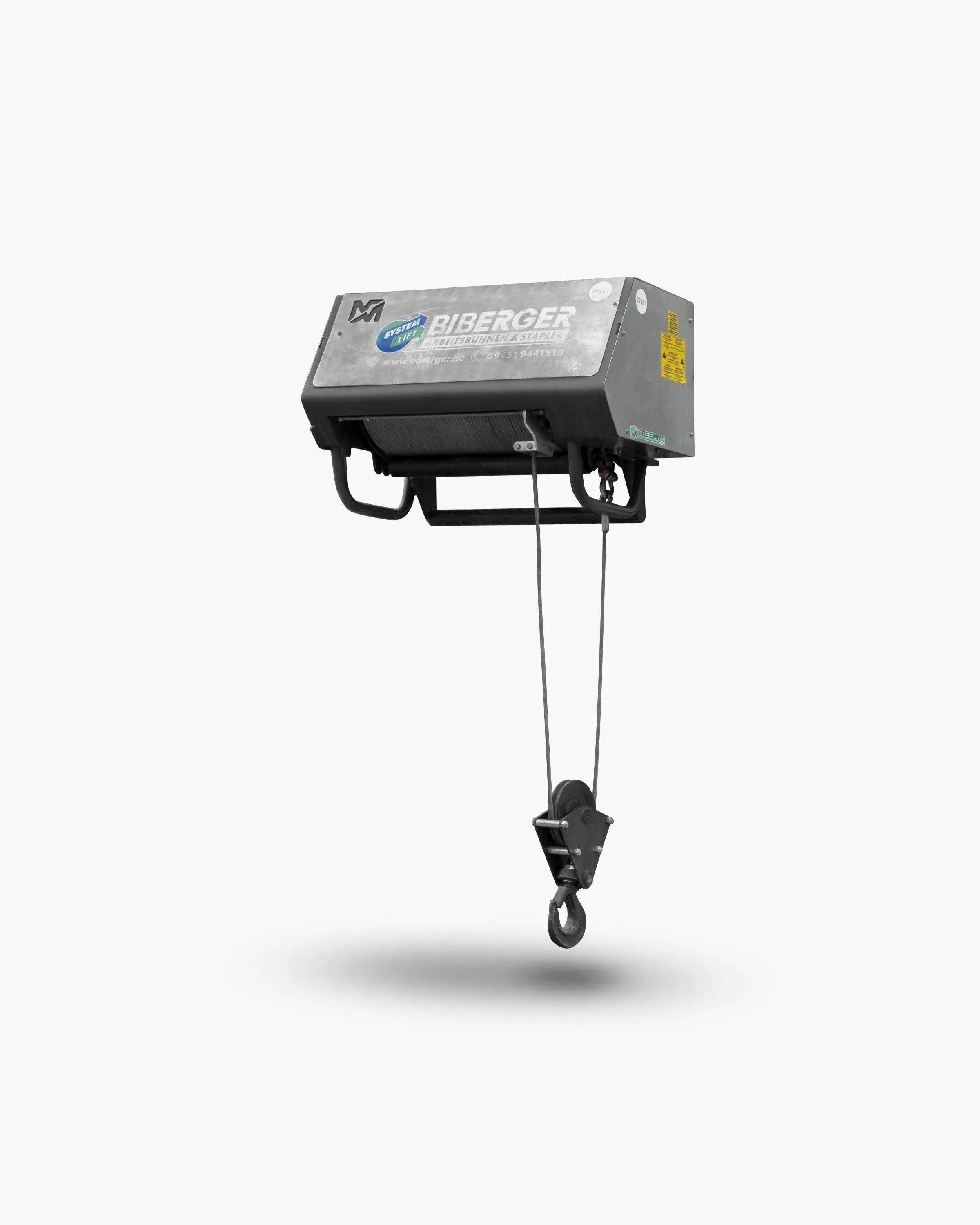
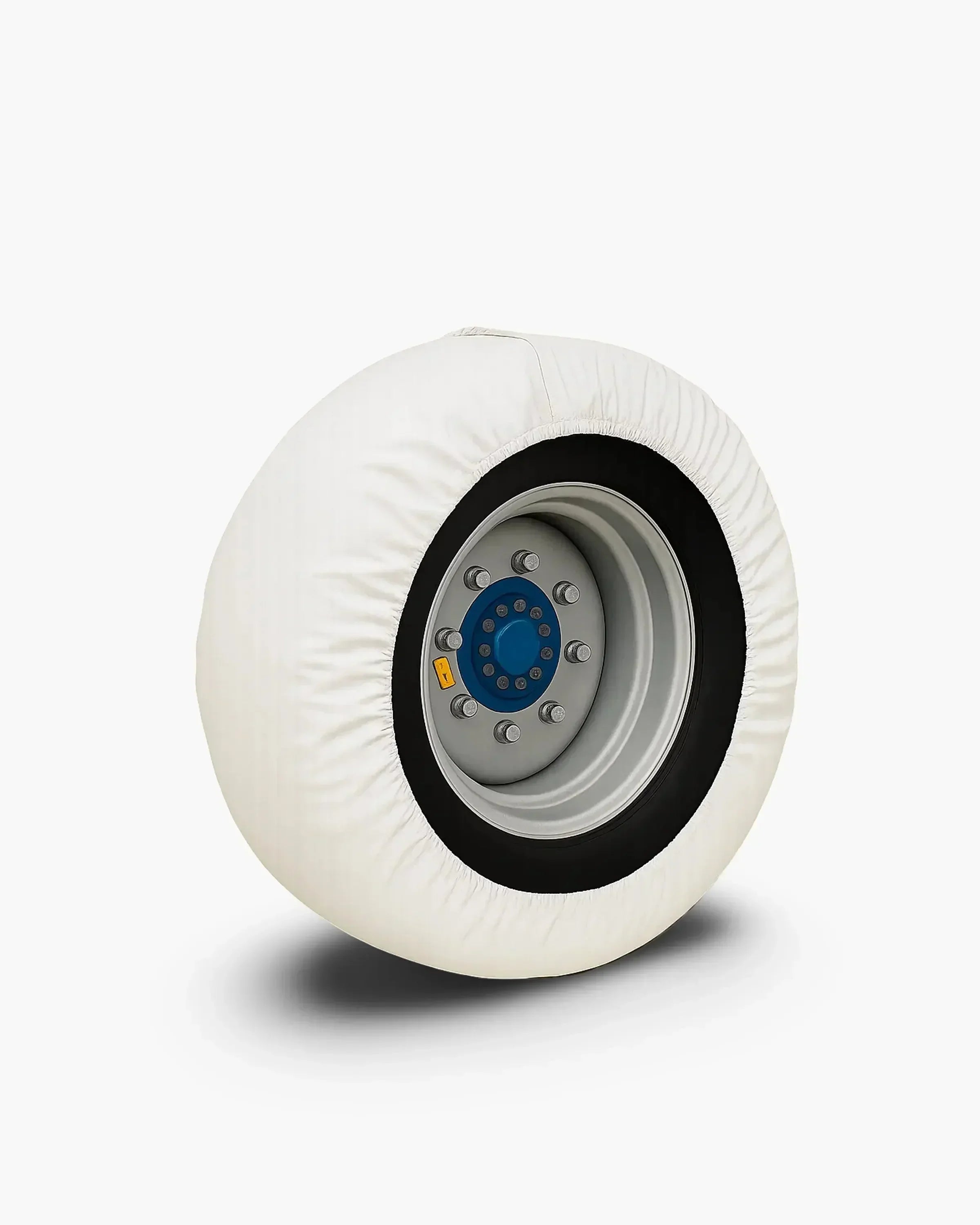


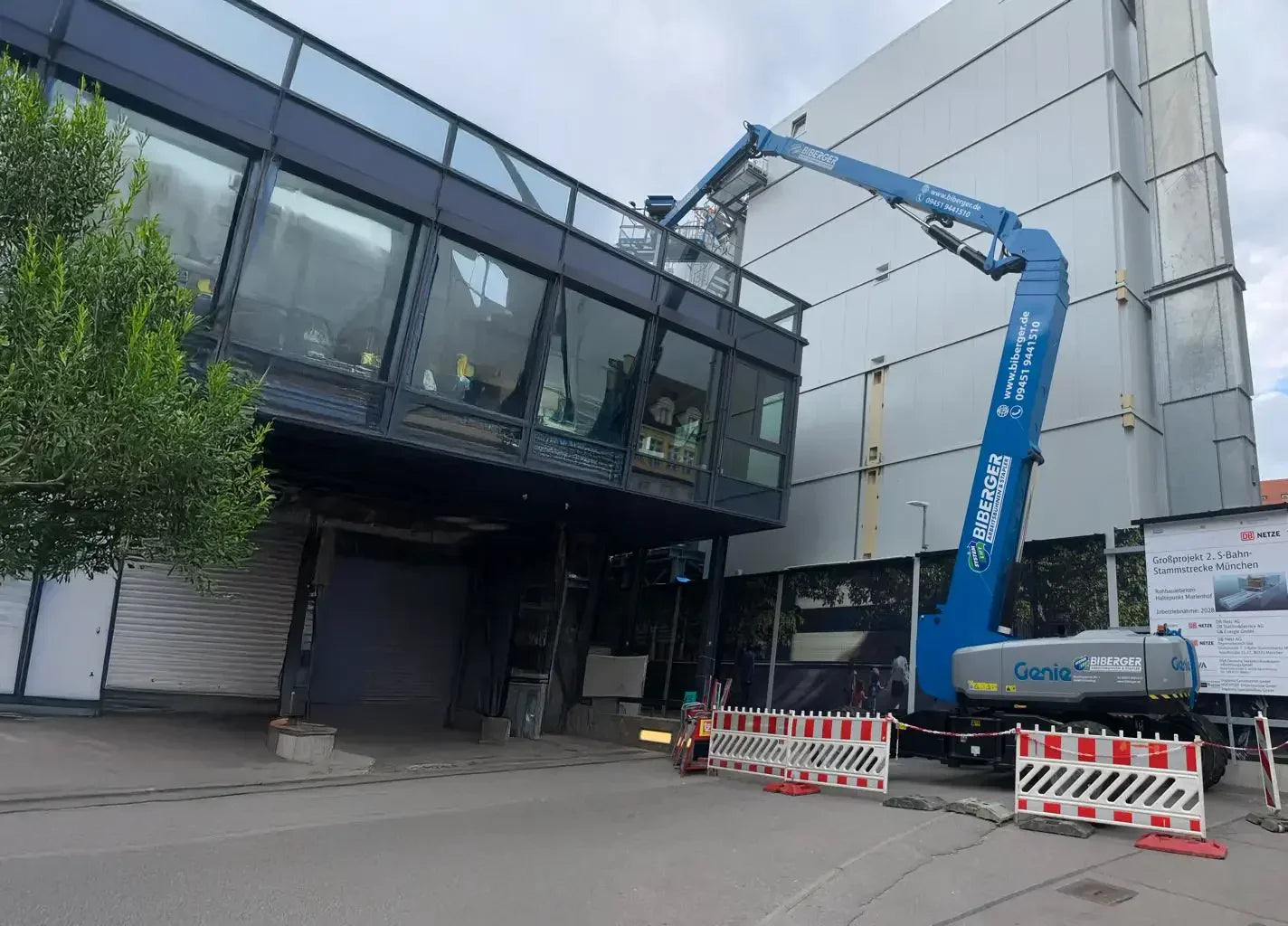

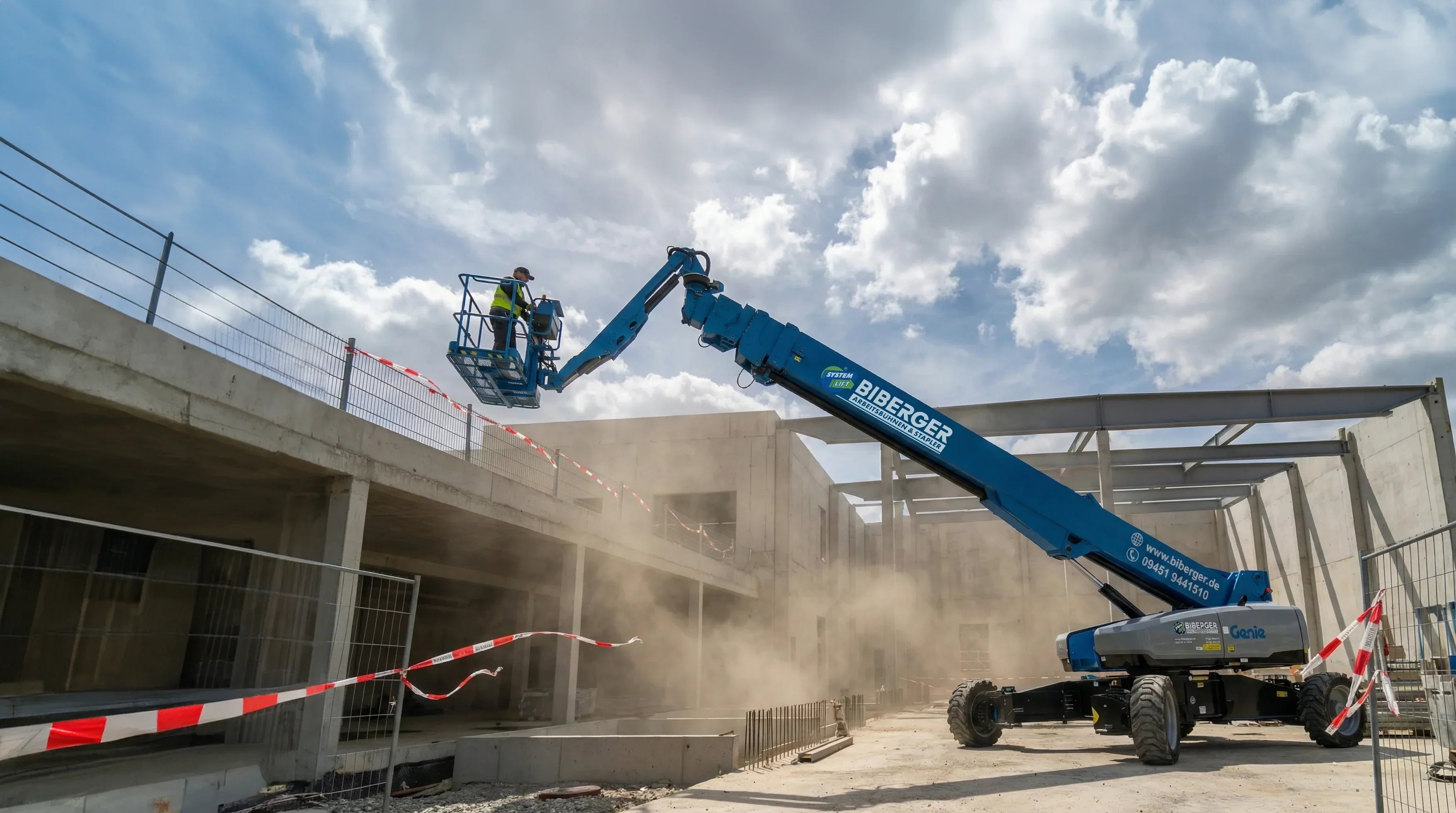

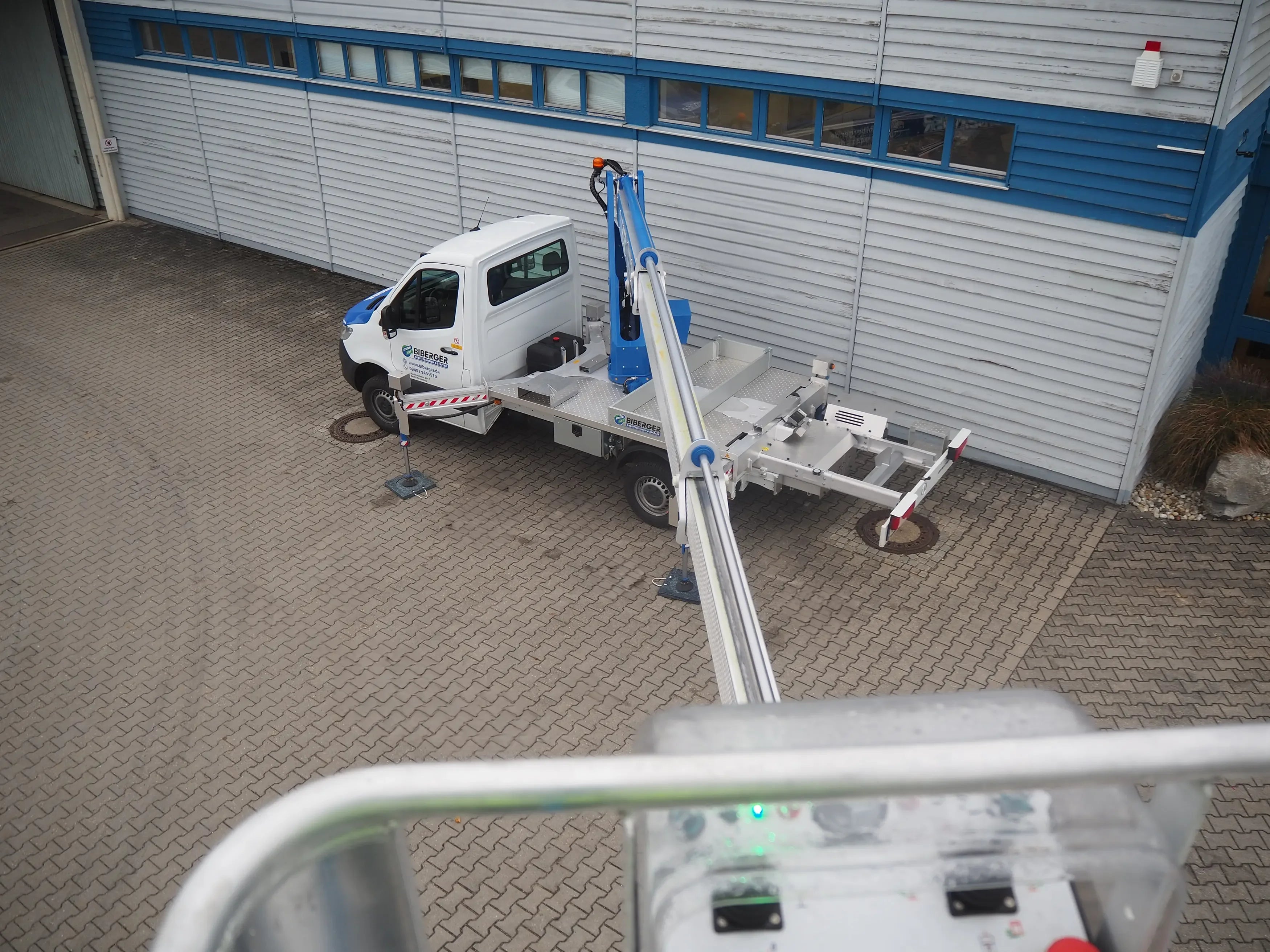
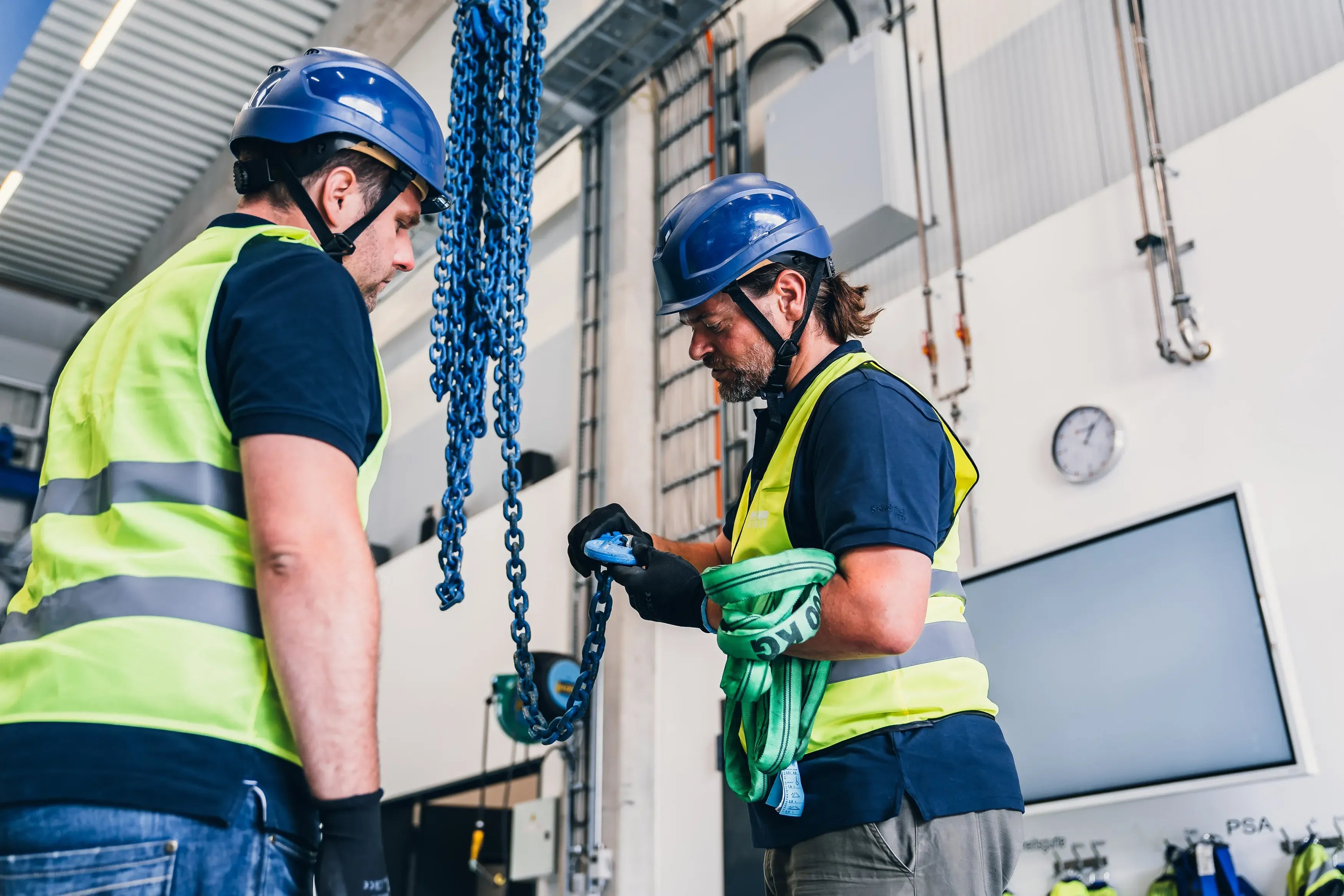
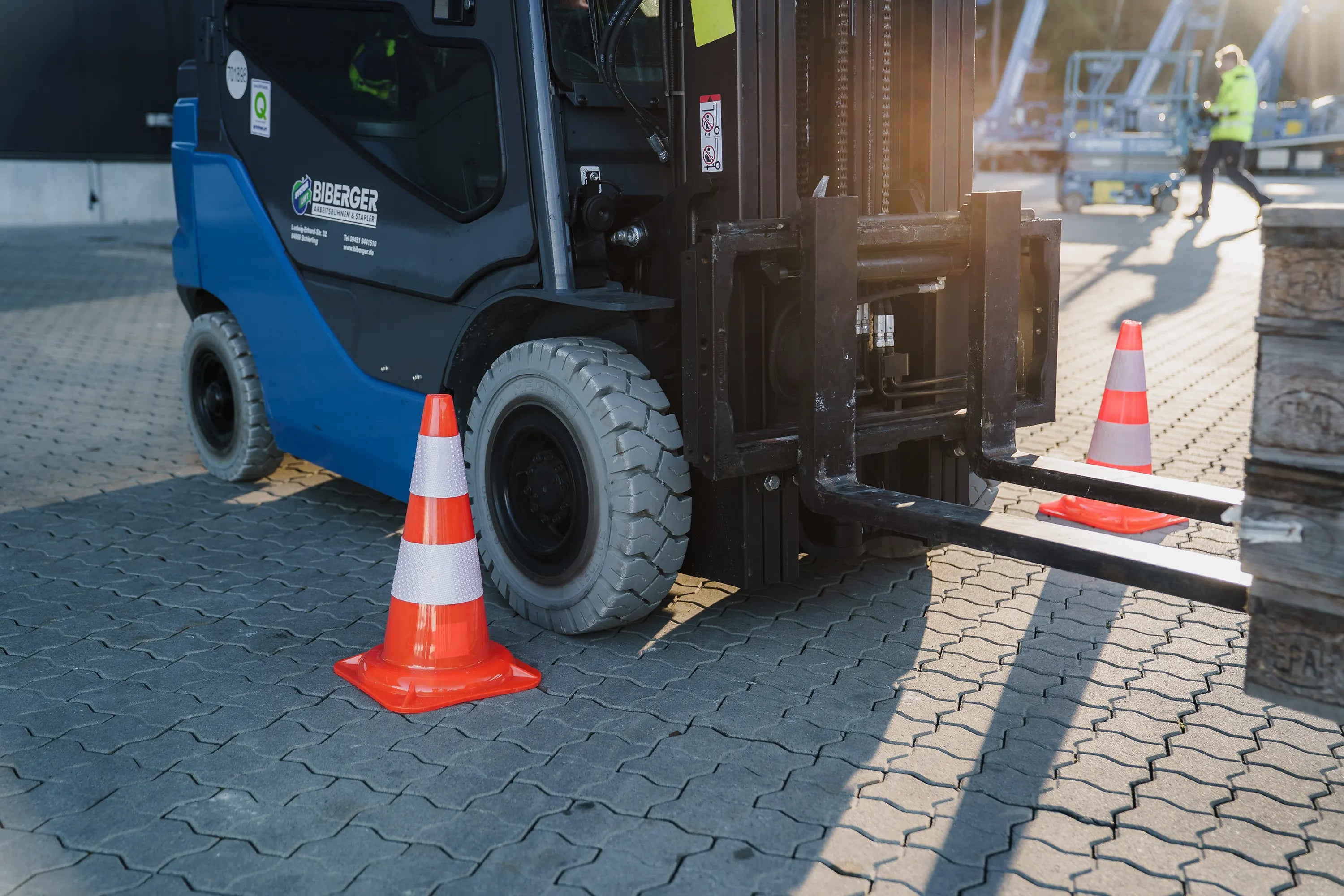
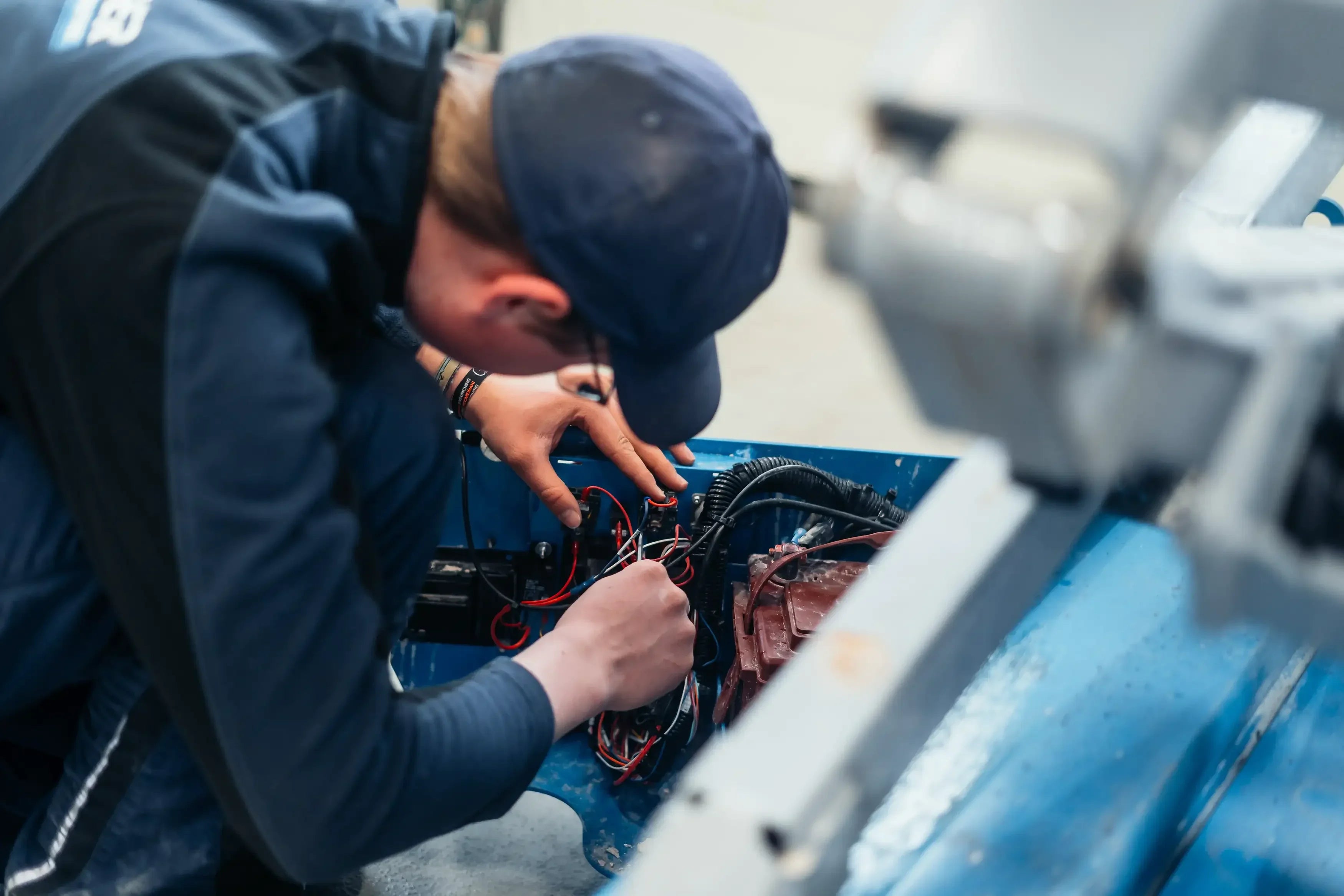
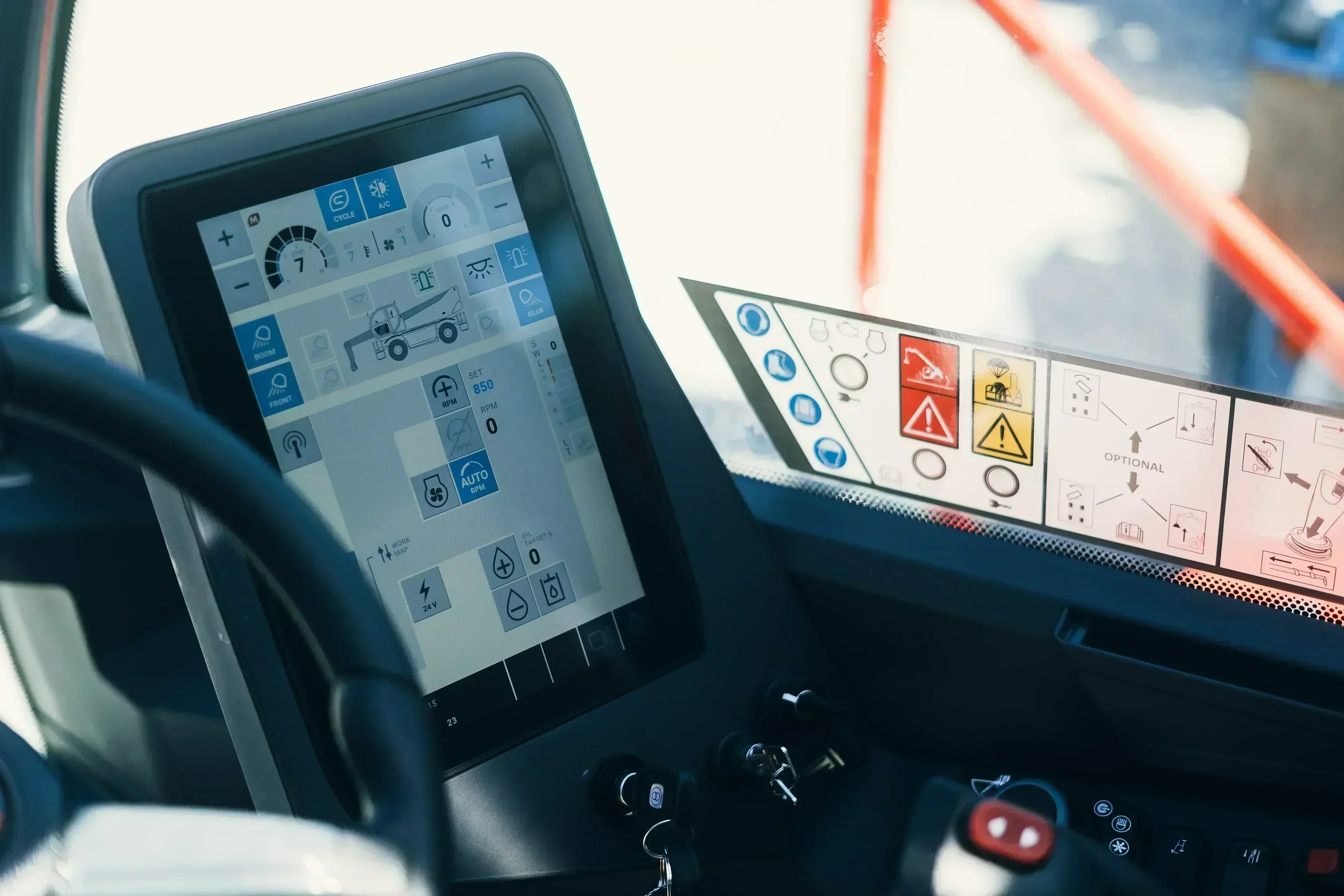
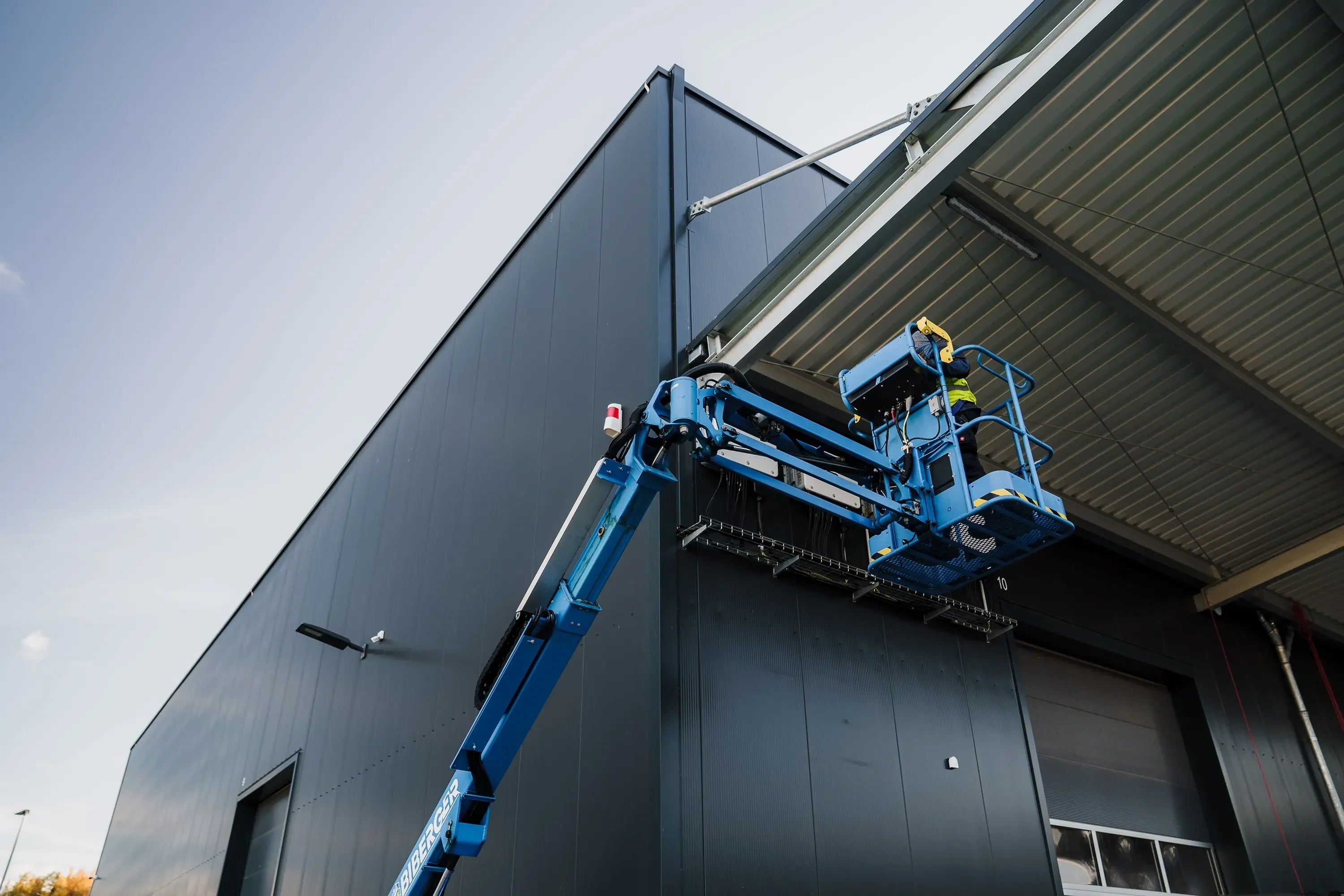






Share:
Scissor lifts in shell construction: Why they are so in demand on construction sites
Working platforms for building cleaners – which platform really suits you
Our editorial quality standards
The subject content on biberger.de are editorially created, reviewed, and continuously updated. The basis is our daily work with aerial platforms, telehandlers, and industrial trucks – in rental, sales, operational planning, and technical support.
Each article draws on real-world experience and is editorially reviewed for clarity, accuracy, and practical relevance according to expert criteria. Technical statements are regularly compared against current industry standards and best practices.
The aim of our publications is to make reliable specialist knowledge accessible and to offer guidance to users, decision-makers and industry partners. BIBERGER sees itself as an independent information platform for safe, economical and modern height access technology – well-founded, comprehensible and free from advertising influence.